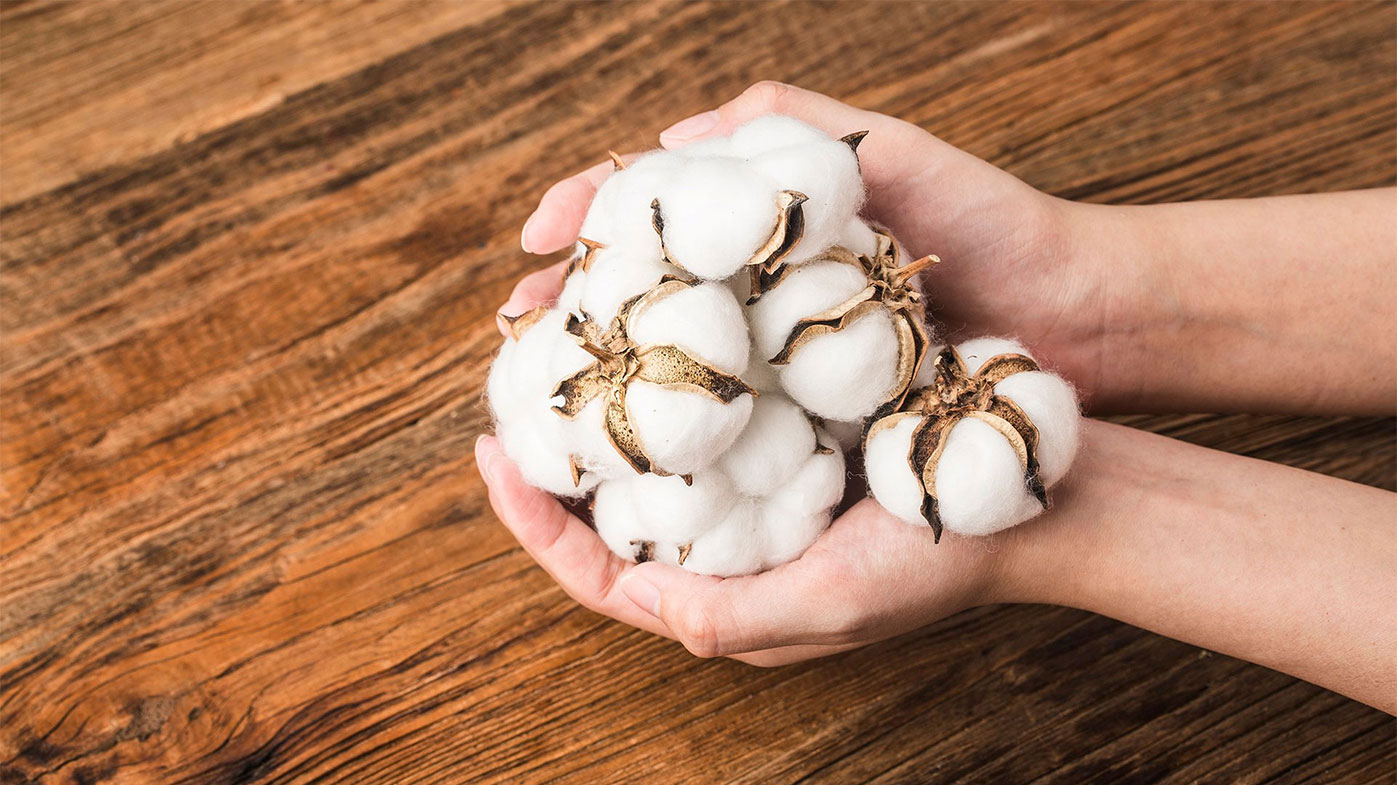
Shurely on Cotton: Reviewing the Current Cotton Outlook
By Dr. Don Shurley
August 09, 2024
Text of invited presentation for Southwest Georgia Farm Credit Here We Grow podcast, Episode 29, recorded Aug. 7, 2024
There’s no doubt and everyone knows that cotton prices have been disastrous. Back in March and April prior to planting, price was in the 83 to 84 cents area. By peak planting time in May, we were 75 to 76 cents. Now we’re at less than 70 cents, around 68 cents.
This price trend takes us below the cost of production for many growers. For irrigated production making 1,200 lbs per acre, the operating costs or cash costs or variable costs – whatever you want to call it – is 55 cents per lb. But this excludes land rent, it excludes interest and debt, and it excludes any payment to the farmer and farm family.
Land rent in this area can be $275 to $300 per acre or even more. At 1,200 lbs yield, this pushes operating costs up to around 70 cents per lb or more. And again, this still excludes debt and interest and owner-operator labor.
I have no doubt that many growers priced some portion of their expected crop back when it was in the 80s. But that amount priced then was probably not enough to average out above cost when combined with where we are now. If the market doesn’t improve significantly, growers will, even more than usual, depend on good, above average yield to attempt any profit at all. The crop looks great, but weather events, as always, will play a role. That’s why there was so much concern with the recent storm, Debby.
The present level of price is obviously very concerning. Everybody wants to know if, and when, prices will ever get back to the 80s. Well, I think recovering back to around 75 to 76 cents is possible. We’ve still got a long way to go, and I can draw up several scenarios that could take us there. Getting back to the 80s will be more difficult.
Prices now seem to be facing a lot of headwind. Specifically, four things:
The crop insurance coverage price is 82 cents. If a grower has revenue coverage – this policy covers revenue based on both yield and price – it may be a help depending on coverage election and actual yield.
At the current level of prices, there is now expected to be a PLC for seed cotton. But back in March when producers had to make an ARC/PLC election decision, prices were much higher, this decline was not expected, and no PLC was expected. For that reason, many growers opted out of ARC/PLC and instead enrolled in STAX.
STAX will likely pay. How much will depend on the final MYA price for the 2024 crop which encompasses more than the present decline. And it also depends on actual area yield.
The present cost-price problem in agriculture is beyond the farm bill unless the farm bill is going to be modified/restructured to address this. Farmers are in trouble. Extending the current farm bill again for another year does not address this. Likewise, tweaking the farm bill effective in 2025, unless it addresses the causes for the current crisis and offers workable solutions, does not help. Farmers need help now.
The loan rate for cotton for the 2024 crop is 52 cents. An LDP or MLG is available if the AWP falls below 52 cents. Based on current price differentials and cost and fiber quality adjustments, U.S. prices (nearby crop futures) need to drop below roughly 65 cents before an LPD or MLG would be triggered. This is further evidence that, in this case, the loan rate is too low to provide protection.
Unless you’re going to purchase Call Options while prices are currently low, producers really have little choice but to be patient, hope that the bottom is in, and hope that price will eventually improve. It’s risky for sure. But it makes little sense to sell when you know all you’re doing is locking in a loss.
Moving forward, if the crop should come in smaller than currently expected and/or demand worries resolve, this could cause a much-needed rally in price.
